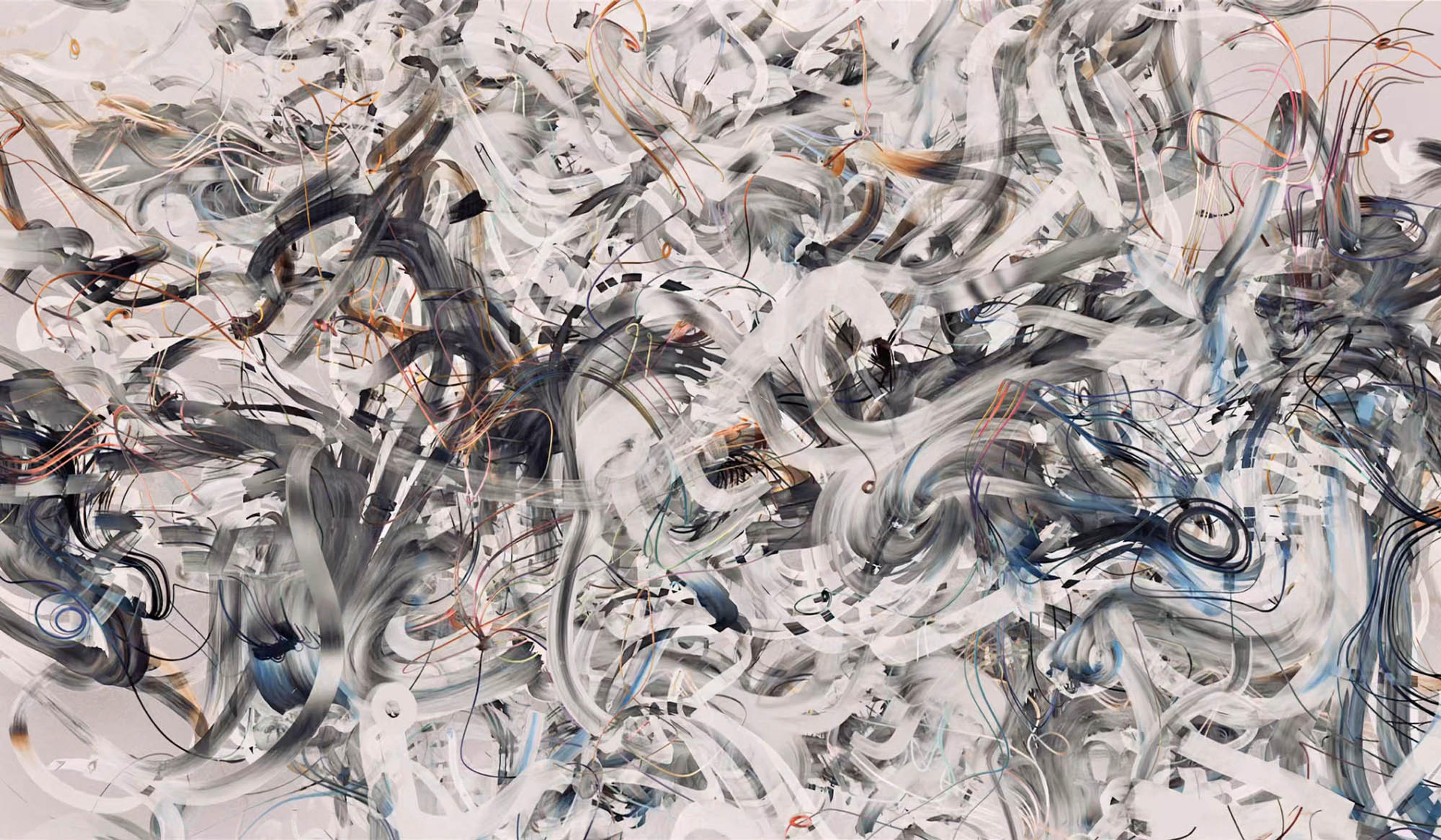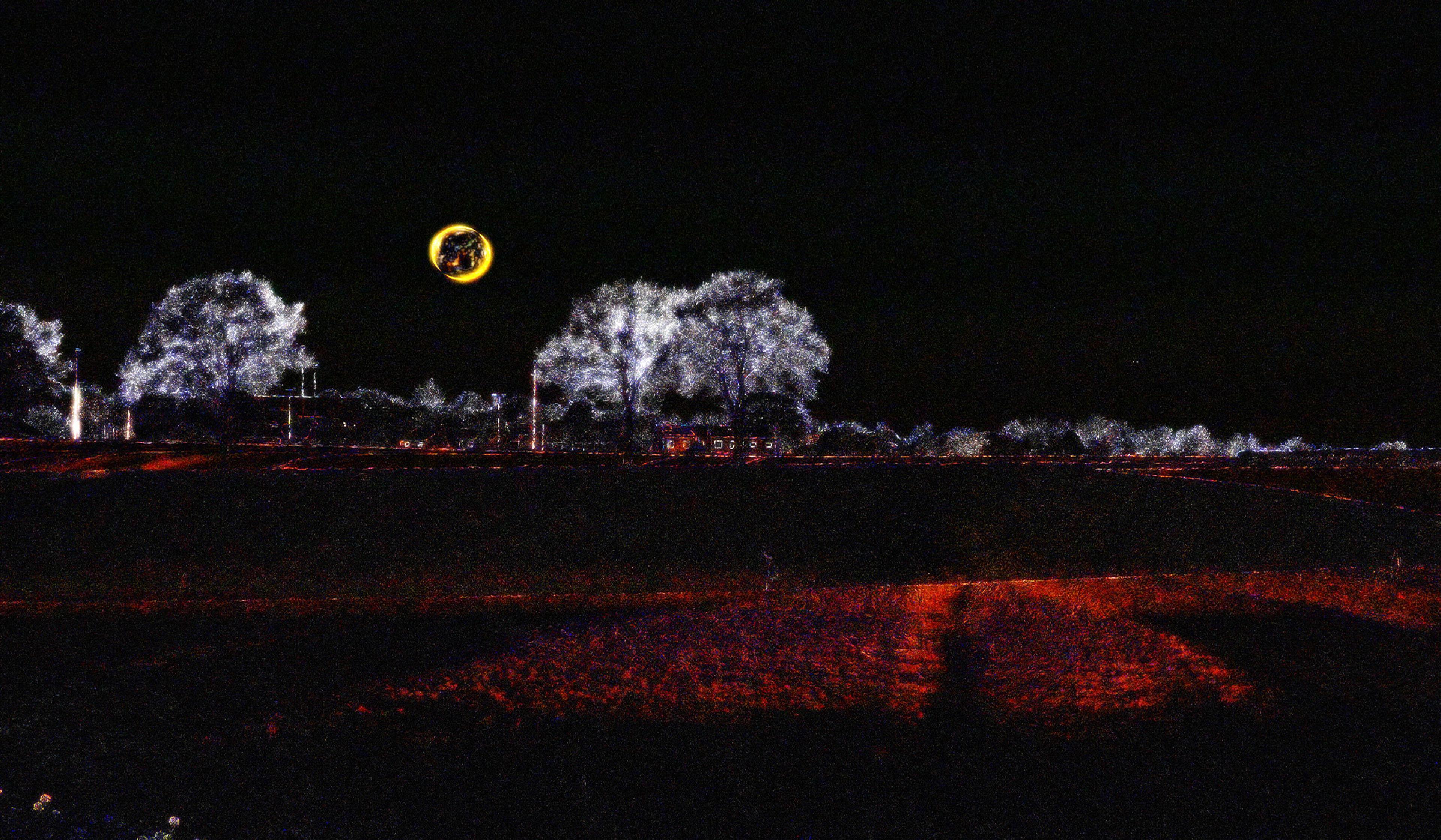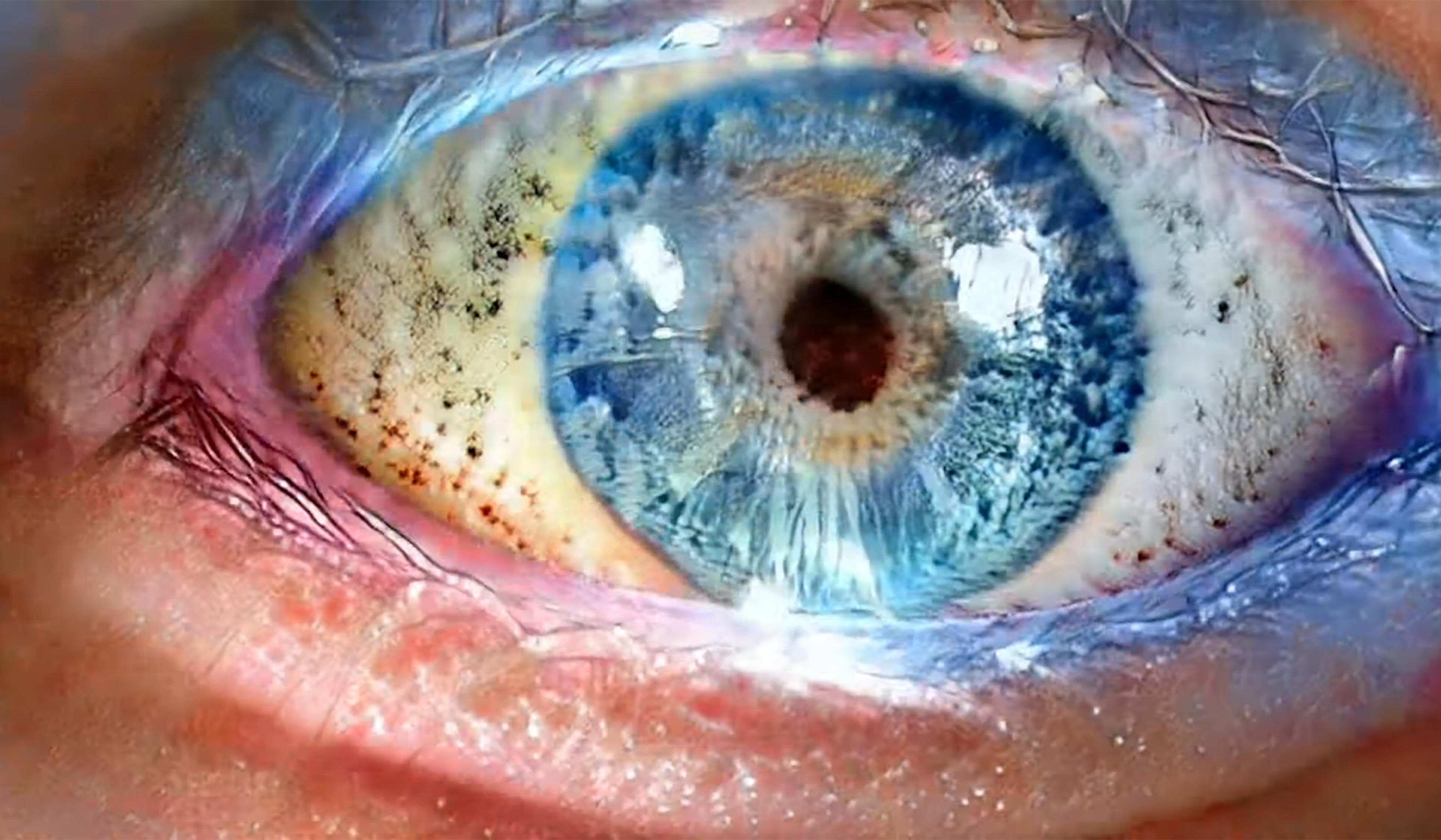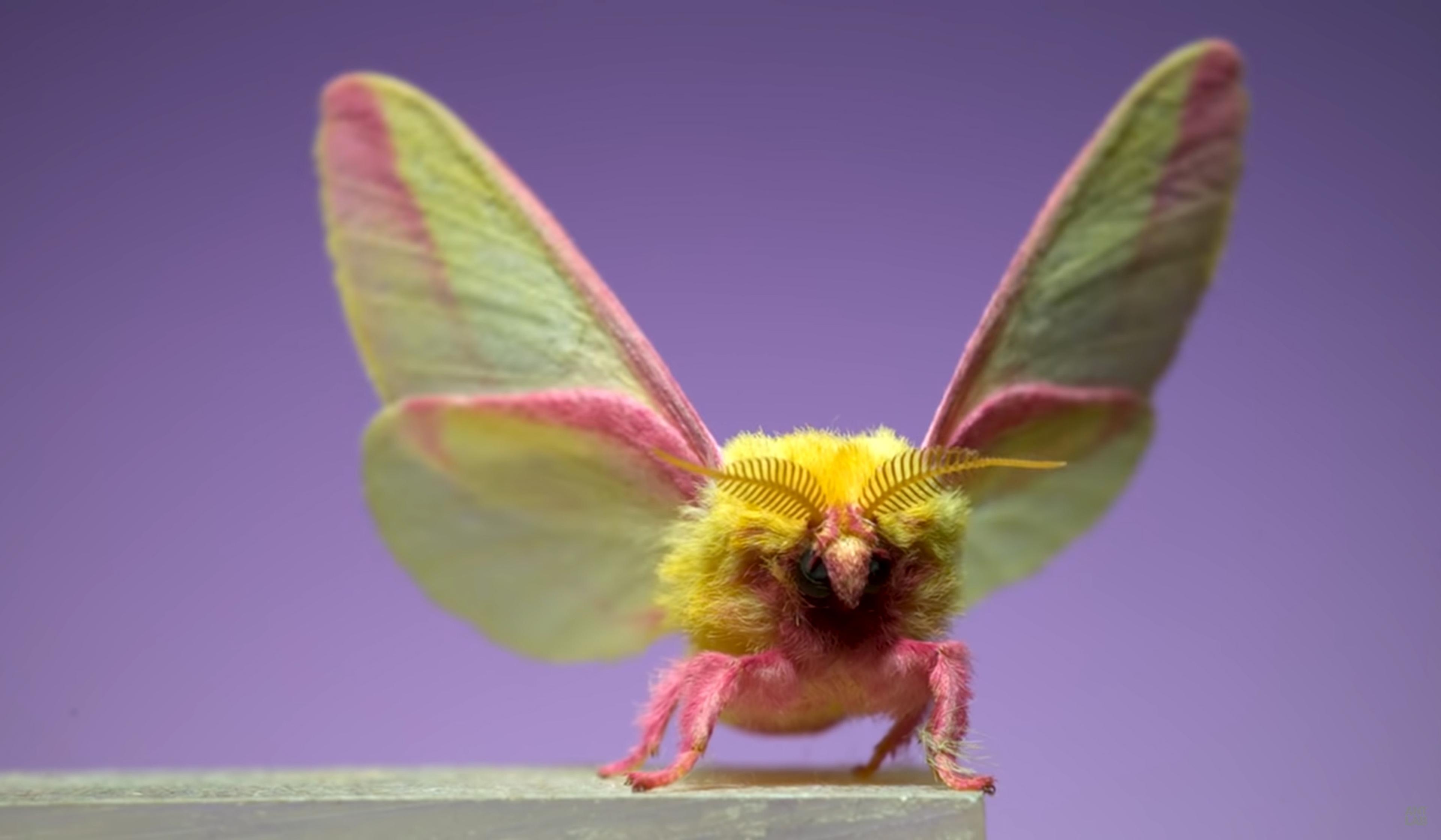Using rotating, 3D-printed sculptures that he displays under a strobe light, the US designer John Edmark, a lecturer in mechanical engineering at Stanford University, creates dynamic ‘blooms’ that look like sophisticated computer-animation exercises come to life. As Edmark explains:
[The] animation effect is achieved by progressive rotations of the golden ratio, phi (ϕ), the same ratio that nature employs to generate the spiral patterns we see in pinecones and sunflowers. The rotational speed and strobe rate of the bloom are synchronised so that one flash occurs every time the bloom turns 137.5º (the angular version of phi). Each bloom’s particular form and behaviour is determined by a unique parametric seed I call a phi-nome (/fī nōm/).
For the video Blooms 2, Edmark used a camera with a very short shutter speed rather than a strobe. The result is both visually and conceptually mindbending – digital art that borrows from nature to both imitate and expand on it.







